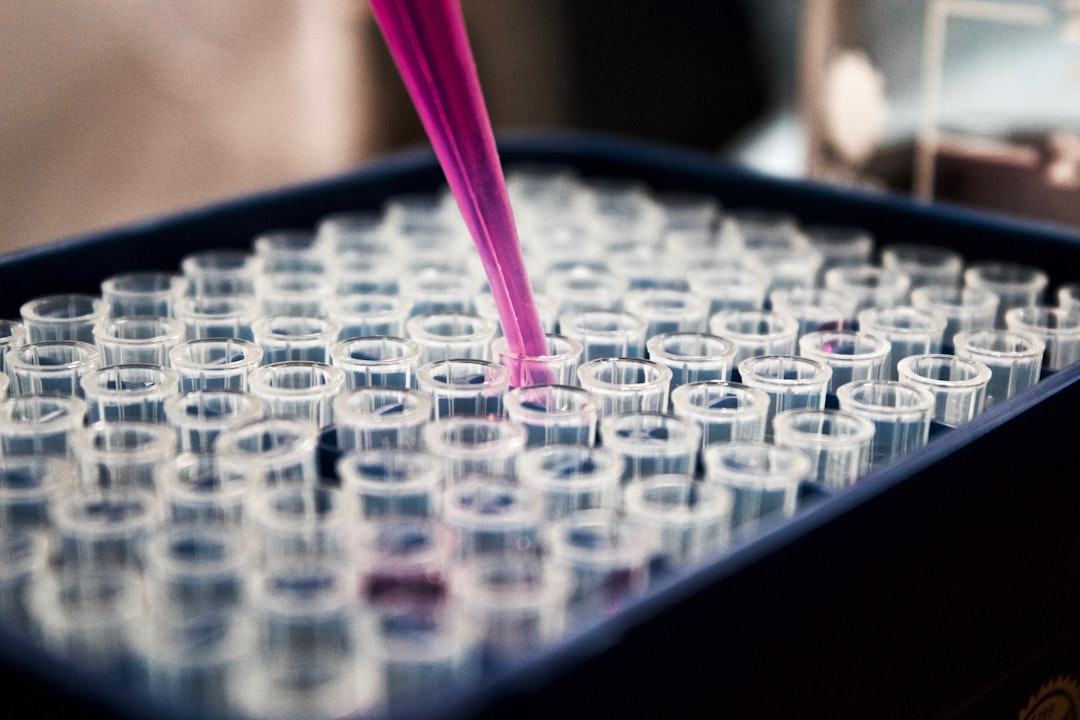What is it about?
The activity of modified ZnO are discussed in the light of material properties like surface charge density, crystallinity, defects (intrinsic and extrinsic), charge carrier generation-separation-recombination dynamics, together with experimental conditions constituting the pollutant structure, degradation pathways, solution pH , presence of inorganic electrolytes, intensity and wavelength of excitation source. The defect-facet-morphological dependence of ZnO on photoactivity is reviewed.
Featured Image
Why is it important?
The strategies like, tailoring the intrinsic defects, surface modification with organic compounds, doping with foreign ions, noble metal deposition, heterostructuring with other semiconductors and modification with carbon nanostructures that are successfully employed to improve the photoactivity and stability of ZnO is discussed in detail. The synthetic route to obtain hierarchical nanostructured morphologies and their impact on the photocatalytic performance is explained.
Read the Original
This page is a summary of: Zinc oxide based photocatalysis: tailoring surface-bulk structure and related interfacial charge carrier dynamics for better environmental applications, RSC Advances, January 2015, Royal Society of Chemistry,
DOI: 10.1039/c4ra13299h.
You can read the full text:
Resources
Contributors
The following have contributed to this page










